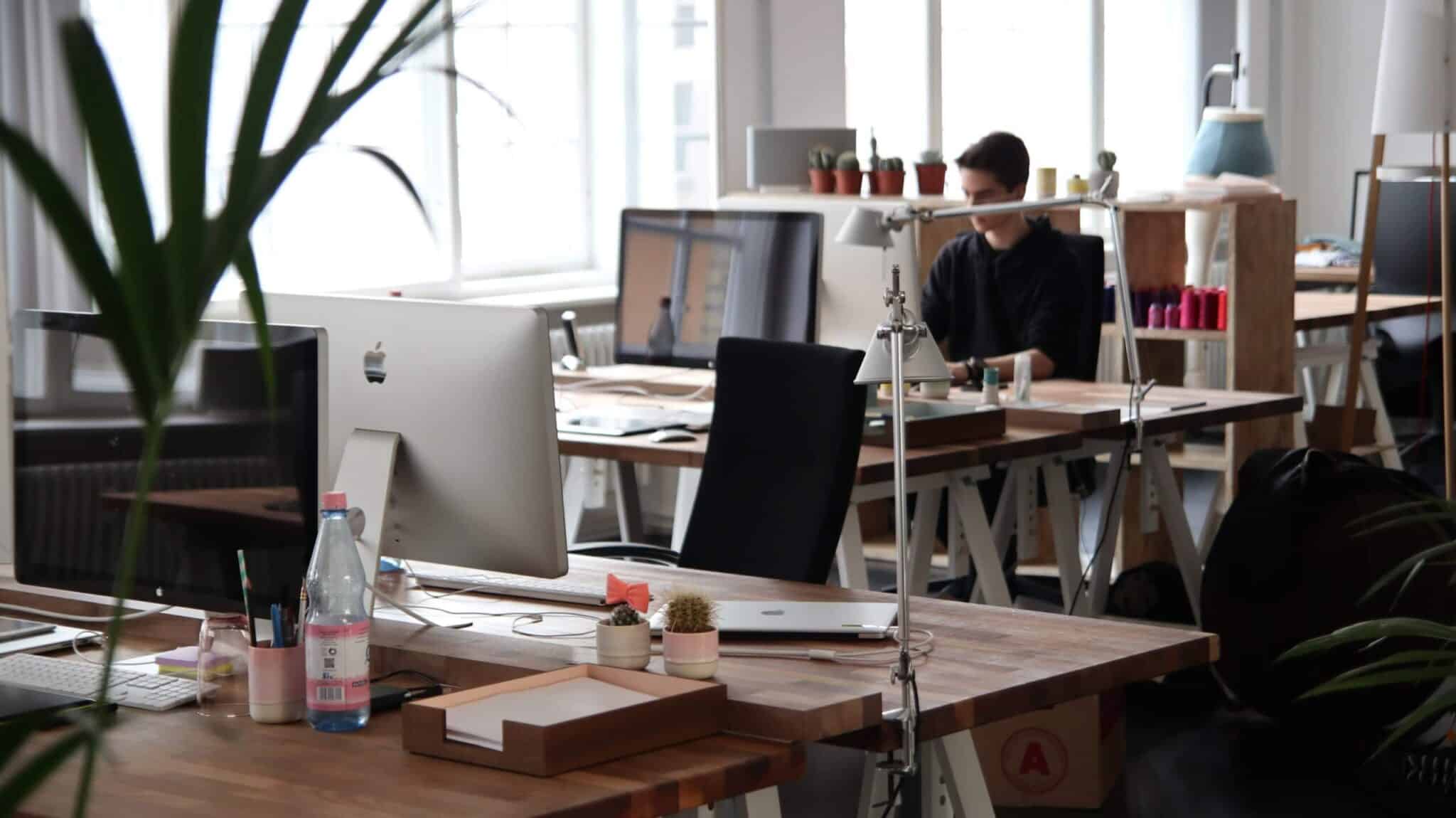While there are many options that saturate the market, how can the process be made easier, especially when you take into account things like comfort, ergonomics and long-term value? Going for what’s cheap and easy to buy in bulk can remove the headache of researching and planning, but will it really be effective? There are a few key things to keep in mind when you buy furniture Five are listed below.
1. Match employee needs
When you’re choosing furniture, one of the most important things to think about is the end user. Is it someone who occupies a corner office? Or is it someone sitting in an open-office environment? The former will obviously have different needs than the latter—extra furniture for guests and visitors, for example, versus a sole office chair. Ask yourself what sort of furnishings will help the worker complete his or her responsibilities, and make your choices based on your decisions.
What kind of work should the furniture support? If the occupancy rate of your office is low, for example, and people spend some time in the office but mostly work elsewhere, then there’s no need for you to get multiple desks when hot-desking solution may suffice.
Are shelves and storage really necessary, or are most of the company’s records digitized and stored on the cloud? Are cubicles necessary, or are you making everything open-office? Thinking about these things may seem simple, and therefore unnecessary, but it’s important to identify your specific needs from the get-go to prevent buyer’s remorse later on.

2. Ensure your furniture has longevity
Choose furniture with more than one use; otherwise, it could be irrelevant in just a few years. An example of this is a desk with a split top, where one surface is reserved for the keyboard and is pushed under the other surface as necessary. With the proliferation of laptops and other working styles, this kind of desk is becoming obsolete due to its single-use intention.
It’s also important to purchase furniture that will last. While it’s not always necessary to purchase top-of-the-line furniture, ensure that the materials used in its construction will hold up to every day use in an office; otherwise, you may end up repurchasing a similar piece sooner than you think.
If you’re purchasing an office chair, the right material will depend on its use. For example, if you’re looking for chairs for the executive conference room, leather is a sleek and stylish choice. But if you’re looking for a desk chair for everyday work, mesh is a popular option that keeps the skin cool. For furniture in high-traffic spots, like lobbies or breakrooms, look for vinyl furniture—it’s durable and easy to clean.
3. Have employees test furniture
Bringing a few employees with you to try out different chairs and desks can also be helpful. Ask them to compare and contrast the highlights of the potential furniture with what they’re currently using. Get a sense of what they like, what they don’t like, and why.
Having a few hands on board to help you pare down the choices can make the process less overwhelming, and who better to help make these decisions than the people who will be using the furniture the most?

4. Think ergonomically
What feels comfortable to a person may depend on several different things, like the kind of work they do, or their height and weight. Ergonomics like “contoured seats, lumbar backrest supports, adjustable seats and armrests” are also important; therefore, it’s good to consider what’s comfortable to your colleagues, as well as what’s designed to according to ergonomic best practices. When you find furniture where the two overlap, you’ll have found a winner.
Inadequate furniture in a workplace can cause many health issues, including carpal tunnel, tendinitis, and pain. Good ergonomic design is essential in the office because it helps reduce workers’ pain and stress levels, resulting in higher focus, increased productivity, and overall company success.
5. Look for portable pieces
For companies that may still be in their earlier years, portable pieces might be key. How easy a desk can be taken apart and put back together can be a major deciding factor; office moves are stressful enough; you don’t need a desk that takes hours to rebuild as an additional complication.
Besides enlisting a few employees to try out different options, also ask someone from IT to look at potential furniture from their perspective—specifically, whether the furniture could cause issues with cabling and wiring, should it need to be moved in the future. Getting this kind of insight from the start can save you a lot of pain further down the road.
Furniture shopping can be a challenge, but the right purchases are important for maintaining a comfortable and productive office environment. Doing these five things will help you make smart buying decisions that your coworkers agree with.
Buying new furniture for the office isn’t a decision to take lightly. The choices you make will have a big impact on office environment, employee comfort, and overall productivity. If you go into the process armed with this knowledge, you can ensure you’re making a smart and effective purchase.
photo credit: stefelix, StartupStockPhotos, Marc Mueller




